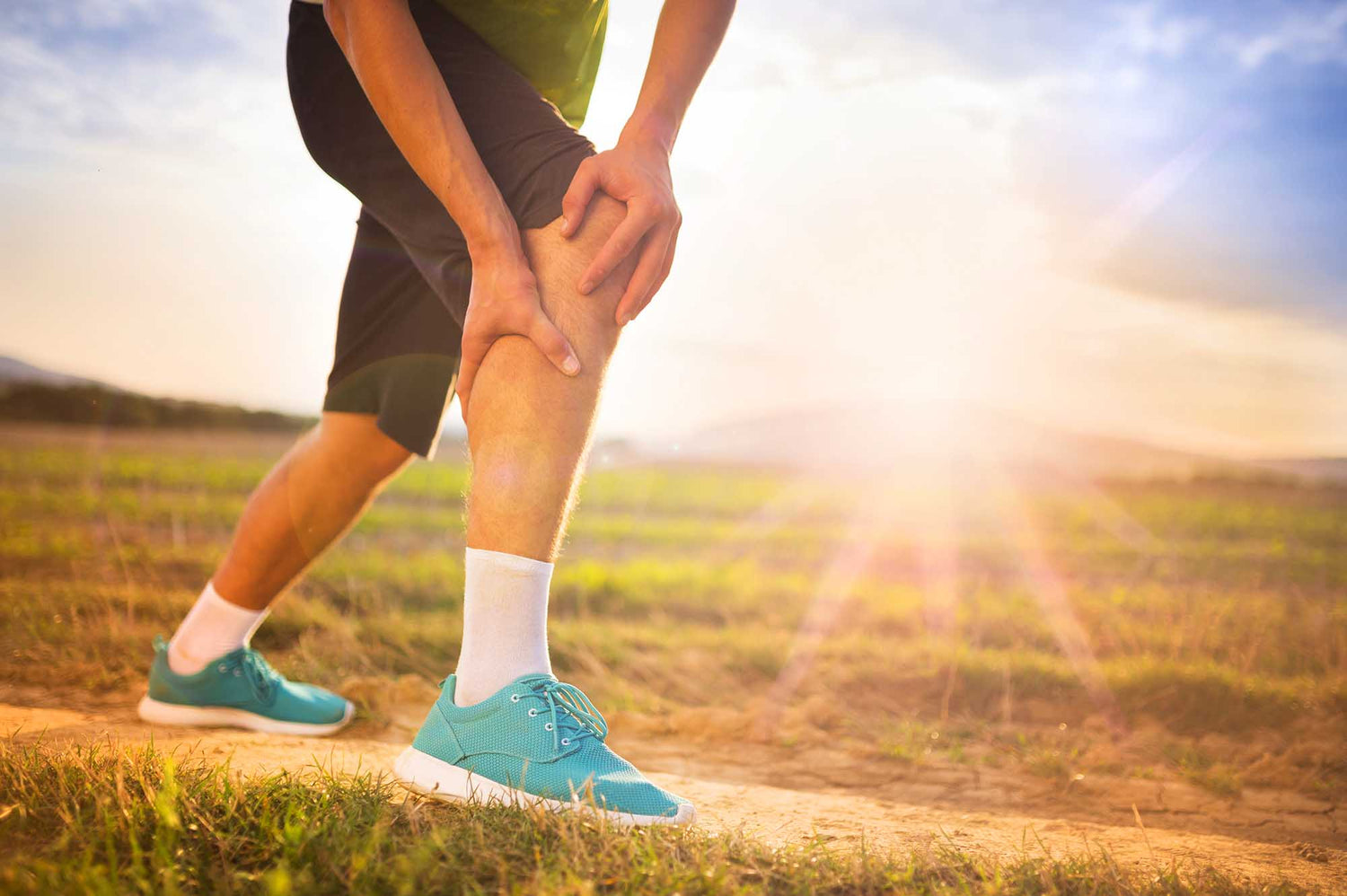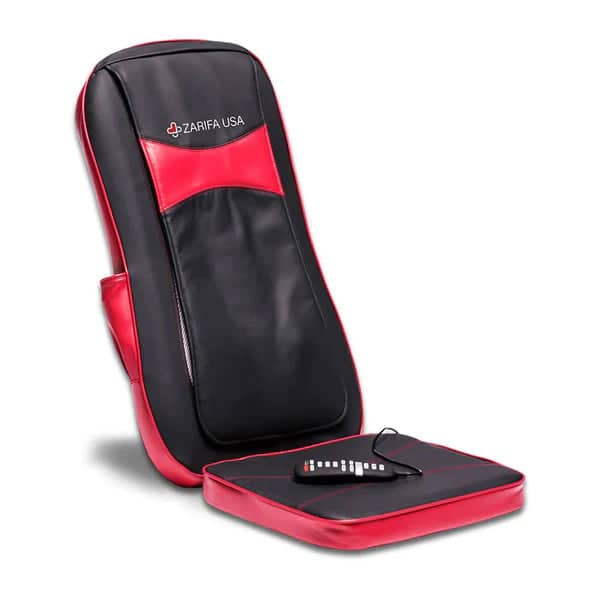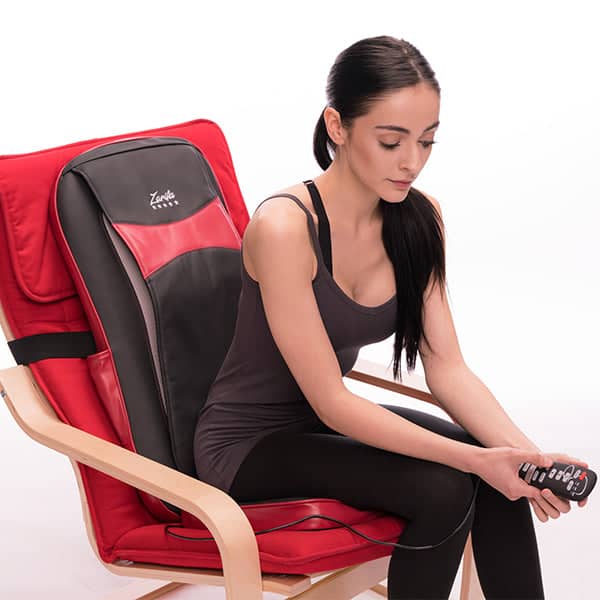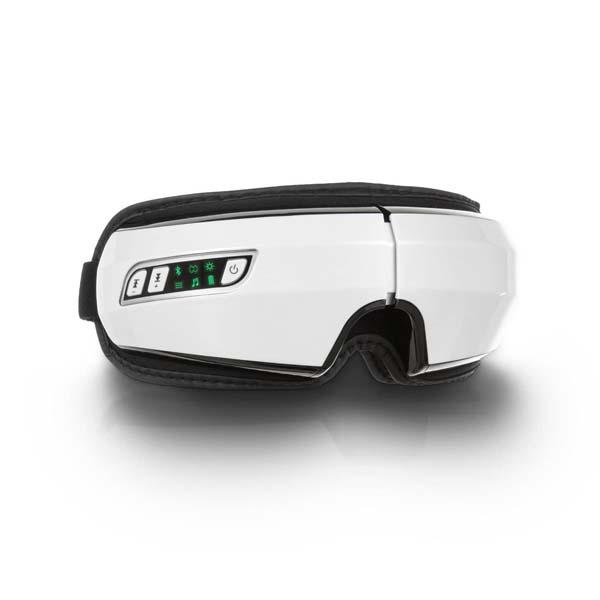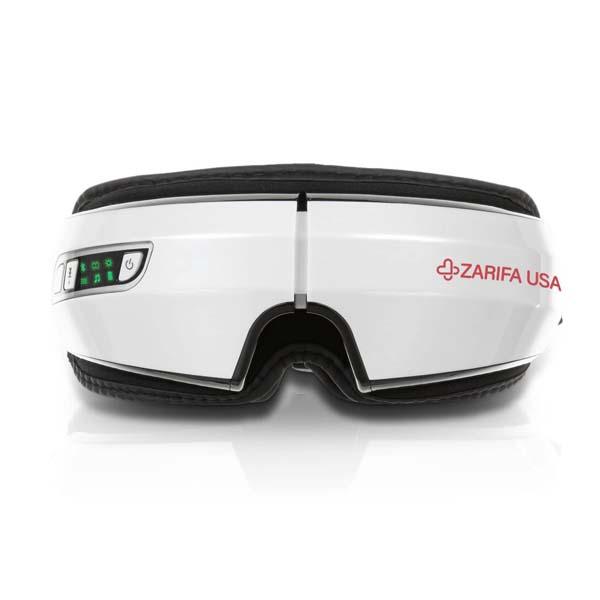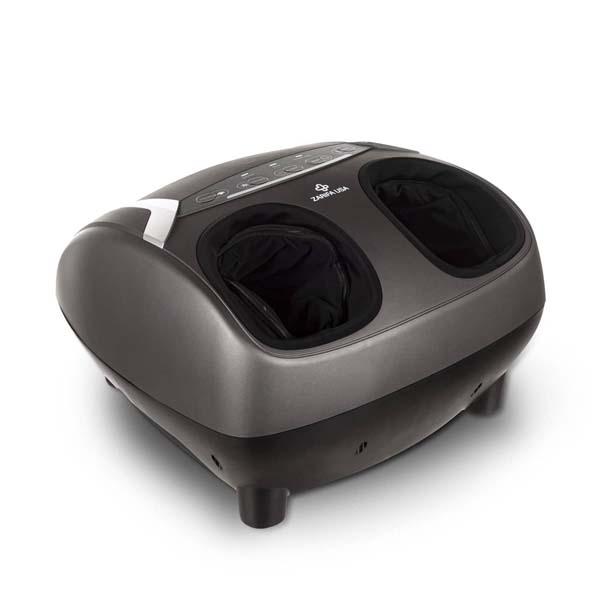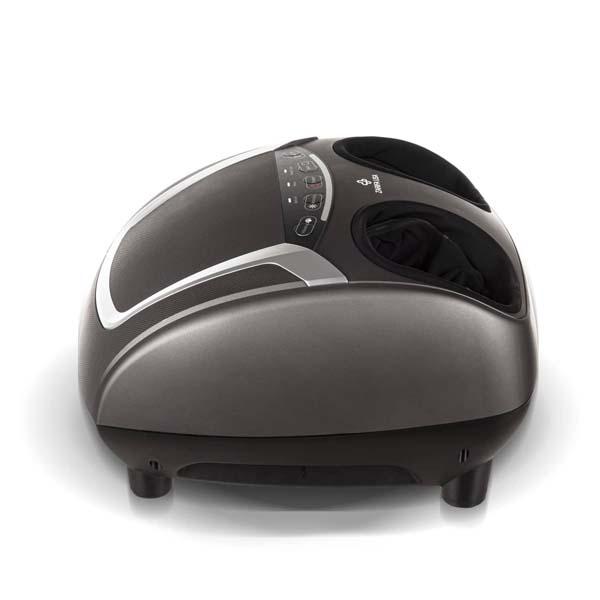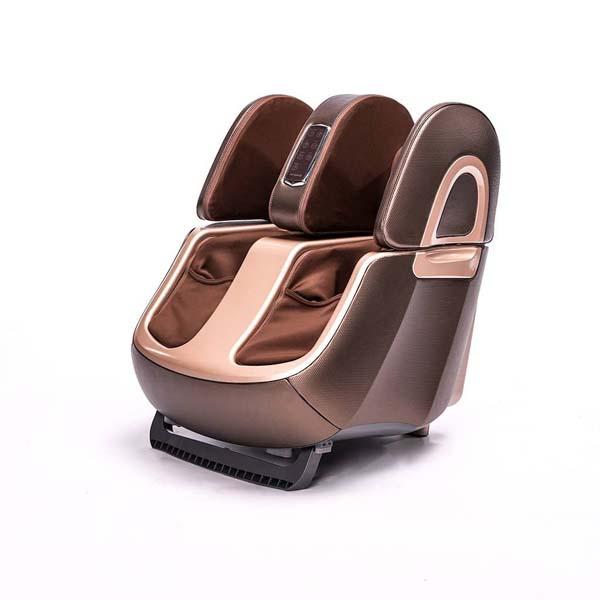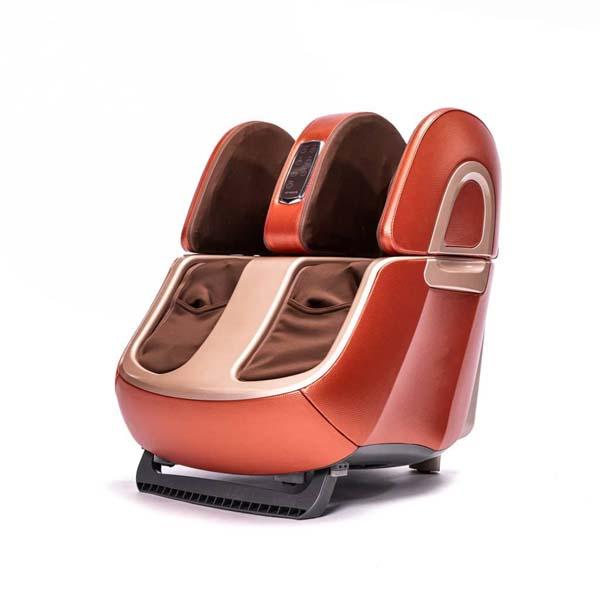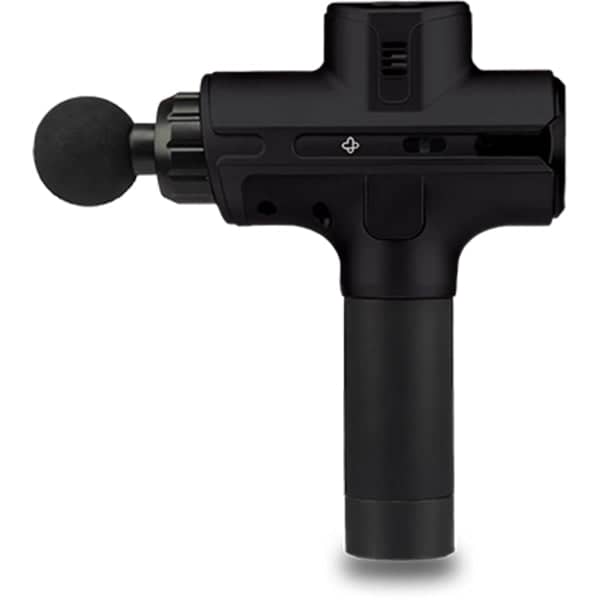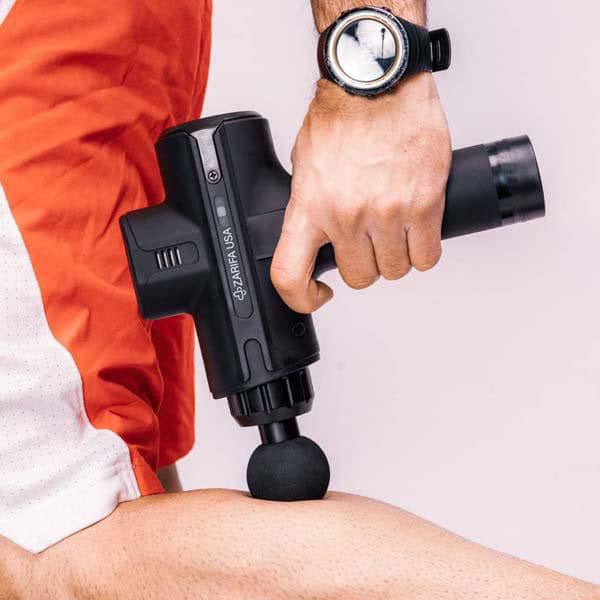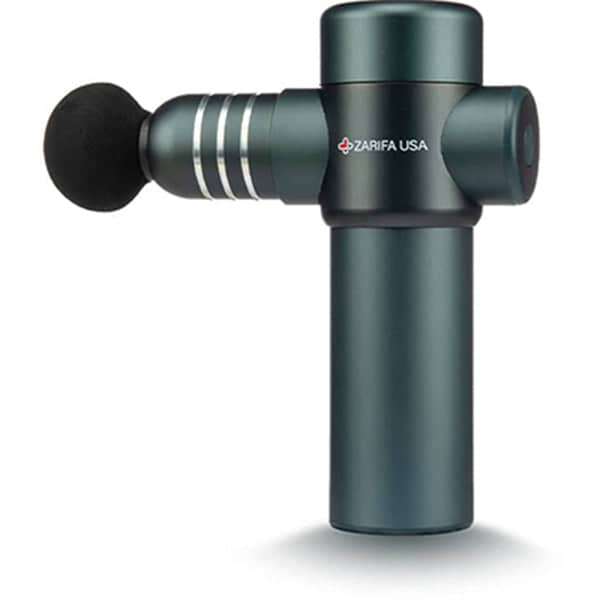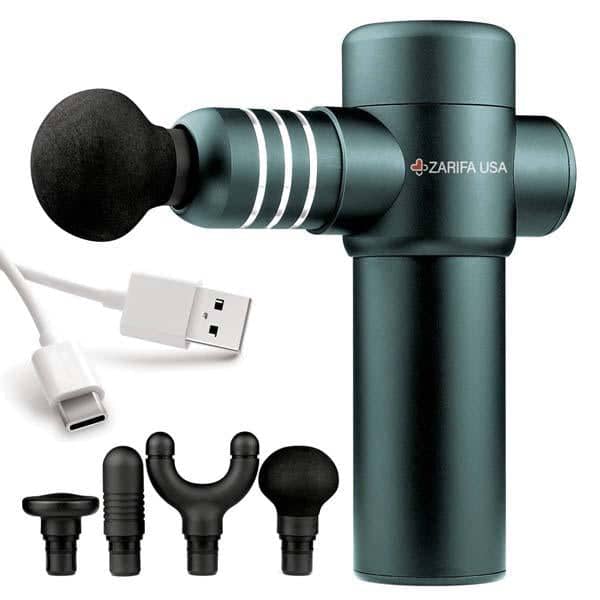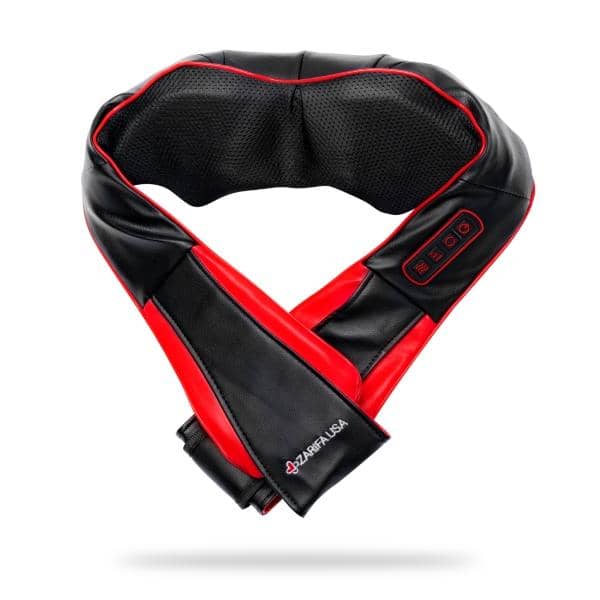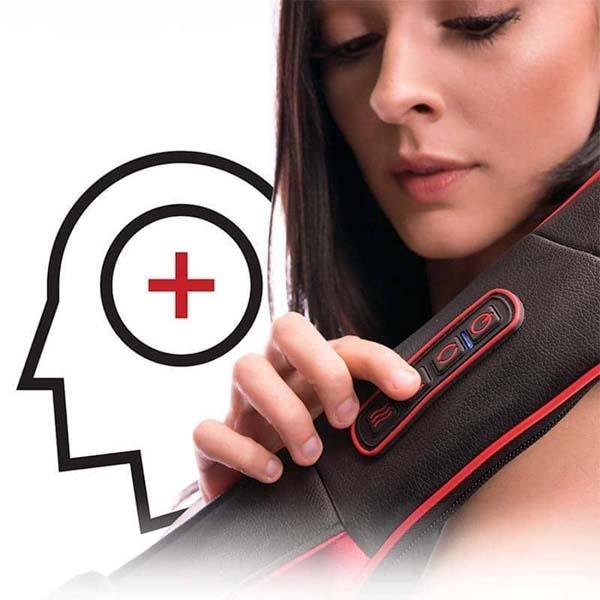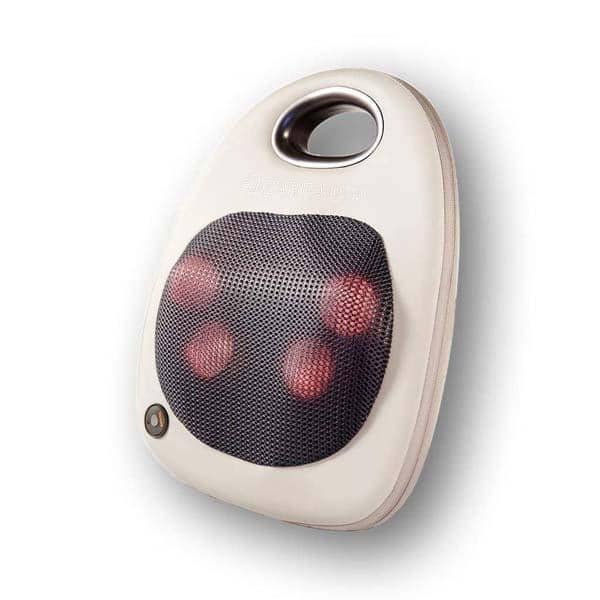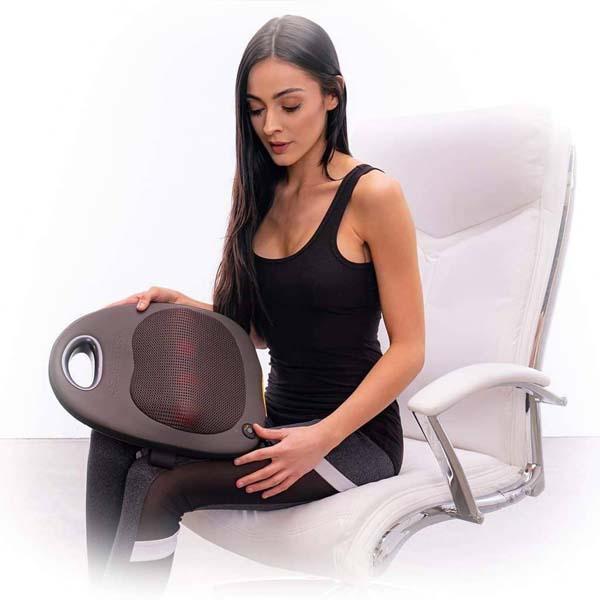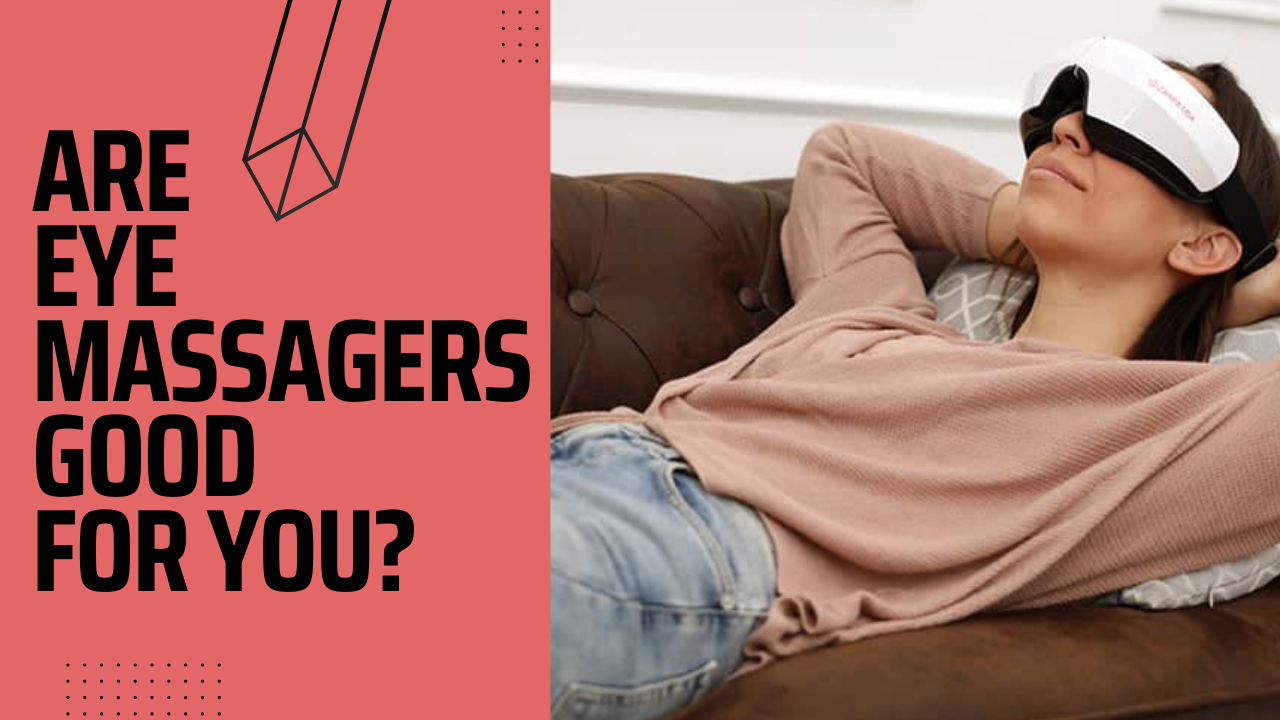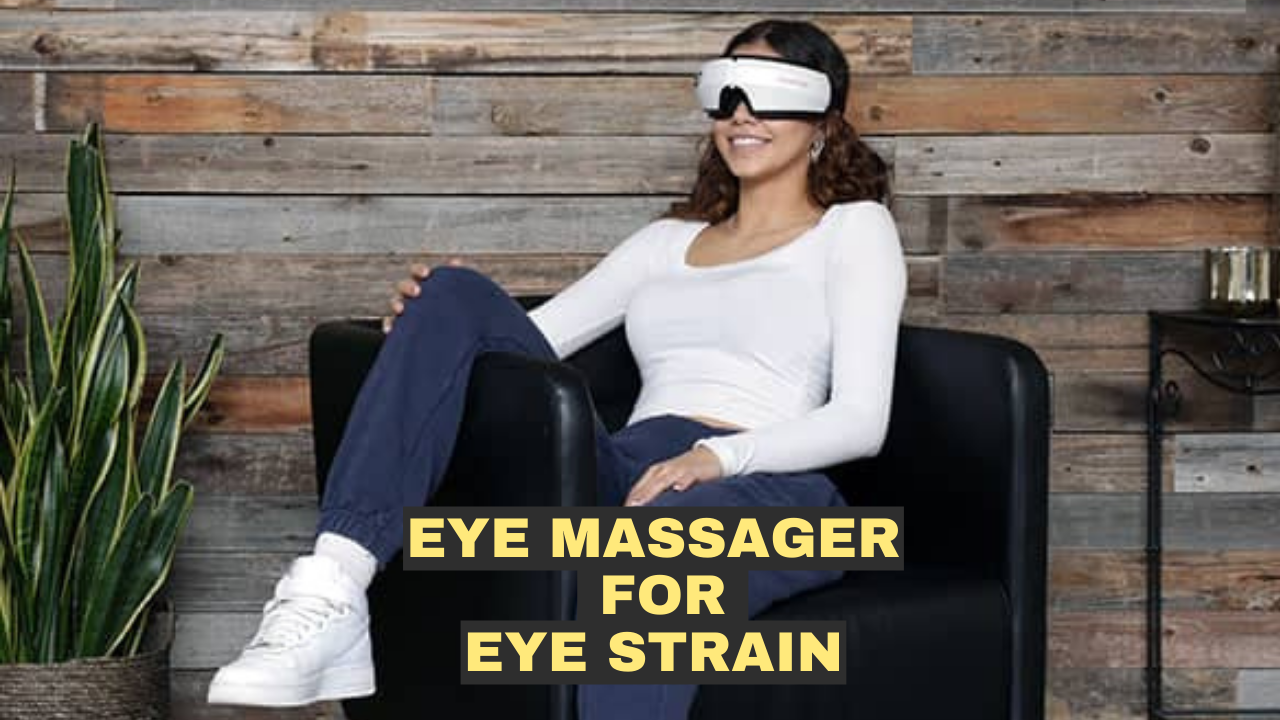Suggested by experts and experienced by many who suffer, note that the emotional wellbeing of a person in pain, impacts the overall experience of the pain and the recovery. That is if we seek to understand the cause and learn practical ways to cope with the pain, the quality of life can and will improve. Some key strategies might include:
- Physical therapy (cold or heat packs, massages, hydrotherapy, stretching, and specifically designed exercises)
- Psychological therapy (cognitive behavioral therapy, relaxation techniques, meditation)
- Mind and body techniques such as acupuncture
- Community support groups
- Pain medication (which we don't promote, see your doctor)
Two main types of pain include:
- Acute pain is a normal response to the medical condition or the injury. Starting immediately and usually lasting only for a short period
- Chronic pain continues beyond the time of injury/condition and most likely lasts for much longer than three months
Pain could be something like a sharp stab to a dull ache. Pain can also range from extreme to mild. It can occur in one part of the body or many parts or areas, happening on and off or consistently.
Some of the most common causes are:
- An injury
- Some medical conditions such as cancer, arthritis, or back problems
- Surgeries
What is involved in pain management treatment?
A pain management specialist treats a person’s pain and will coordinate with other pain care providers, including physical rehab, counseling, and physical therapy.
There are many non-medicinal treatments available to help manage pain. Typically, a good combination of suggested treatments and therapies will most often be most effective versus only capitalizing on one treatment plan.
Pain management techniques
Non-medicinal options:
- Heat or cold: ice packs are used immediately after an injury to reduce swelling. Heat is usually better for relieving chronic muscle or joint injuries.
- Physical therapy: walking, stretching, strengthening, or aerobic exercises keep the body mobile and staying active; it will also improve one’s mood.
- Massage is another form of physical therapy suited to soft tissue injuries. Avoid if the pain is in the joints/bones.
- Relaxation and stress management techniques include yoga and meditation
- Cognitive behavior therapy (CBT) is a form of psychological therapy that can help a person learn to change how they think and, in turn, how they feel and behave regarding the pain.
- Acupuncture inserts thin needles into specific points on the skin, restoring balance within the body while encouraging the body to heal by releasing its natural pain-relieving endorphins.
- Transcutaneous electrical nerve stimulation (TENS) therapy use low voltage electrical currents that pass through the skin via the electrodes, prompting a pain-relieving response from the body as a result
As one of the oldest healing traditions/therapies first used by Ancient Greeks, Egyptians, Chinese, Indians, and Native peoples, massage therapy has many styles:
- Swedish Massage
- Ayurvedic Massage
- Thai Massage
- Hot Stone Massage
- Head Massage
- Aromatherapy Massage
- Acupressure Massage
- Lomi Massage
- Kalari Massage
Some think of massage chairs as luxurious pieces of furniture; however, they are so much more than that and with many benefits other than occasional muscle relaxation. Numerous clinical studies show significant improvement in blood circulation, immunity response, muscle recovery, and managing hypertension.
Some people enjoy massage because it regularly produces feelings of caring, comfort, and connection. Although, massage is not meant to be a replacement for one’s regular medical care.
Generally, massage is considered part of integrative medicine and is increasingly being offered along with standard treatment for a wide range of conditions that may include the following but not limited to:
- Reducing stress and increasing relaxation
- Reducing pain and muscle soreness and tension
- Improving energy and alertness
- Lowering heart rate and blood pressure
- Anxiety
- Digestive disorders
- Fibromyalgia
- Headaches
- Insomnia related to stress
- Low back pain
- Myofascial pain syndrome
- Nerve pain
- Soft tissue strains or injuries
- Sports injuries
- Temporomandibular joint pain
- Upper back and neck pain
Psychological pain management techniques
Pain will sometimes persist and will not be relieved quickly. Some ideas below are on how to get best a handle on the pain that seems to be relentless:
- Focus on improving day-to-day functions instead of trying to stop the pain
- Acceptance in that the pain probably will not go away, and flare-ups will occur. Talk therapy to yourself during the difficult moments
- Educate yourself regarding the condition, so there is very little room to worry unnecessarily
- Reach out to friends and family for help by letting them know exactly what type of support you are going to need
- Ease depression by whatever method works best for you but be sure not to isolate; stay connected
- Never increase pain medications without talking to the medical professional who prescribed them first
- Increased dosages probably will not help the pain and, depending on the medication, could have a high chance of chemical dependence or withdrawals
- Improve physical fitness by eating healthy foods and getting all the rest that is recommended and needed for recovery
- Avoid allowing the pain to stop living a “normal” life but always gently reintroduce activities, or cut back on certain activities should the pain flare-up
- Find rewarding and enjoyable activities that will not make the condition worse
- Find the best suited coping skills and strategies from a professional counselor or a psychologist
Who to seek for needed help in pain management:
- Doctor/General Practitioner
- Pharmacist
- Physiotherapist
- Occupational therapist
- Counselor
- Psychologist

